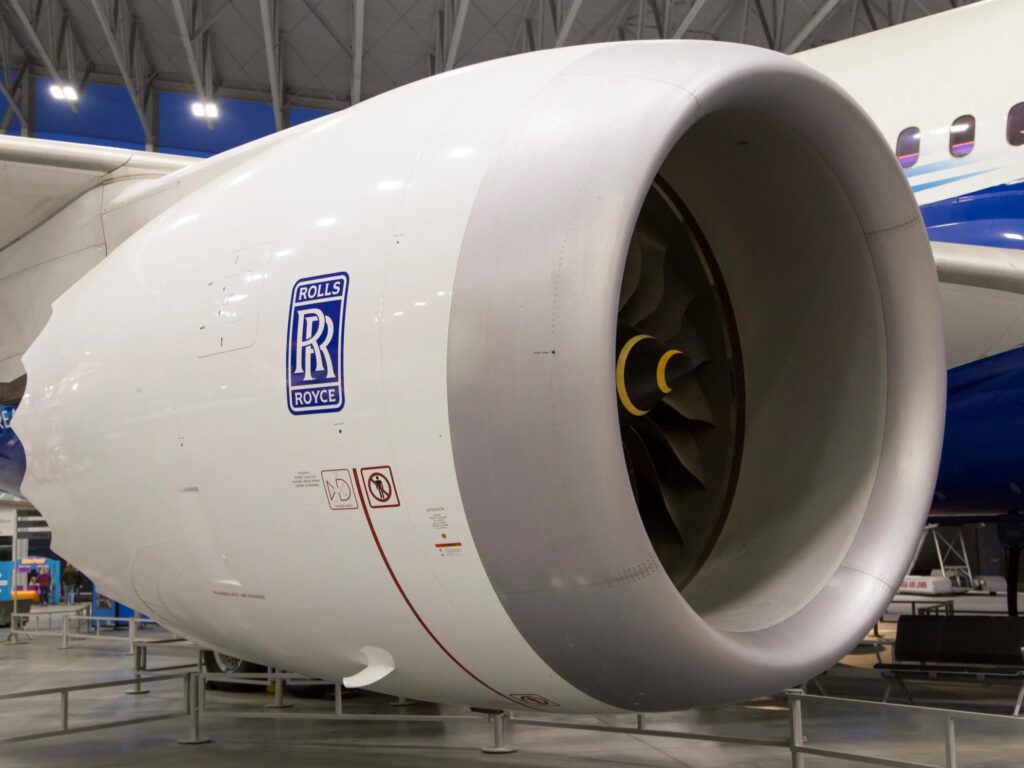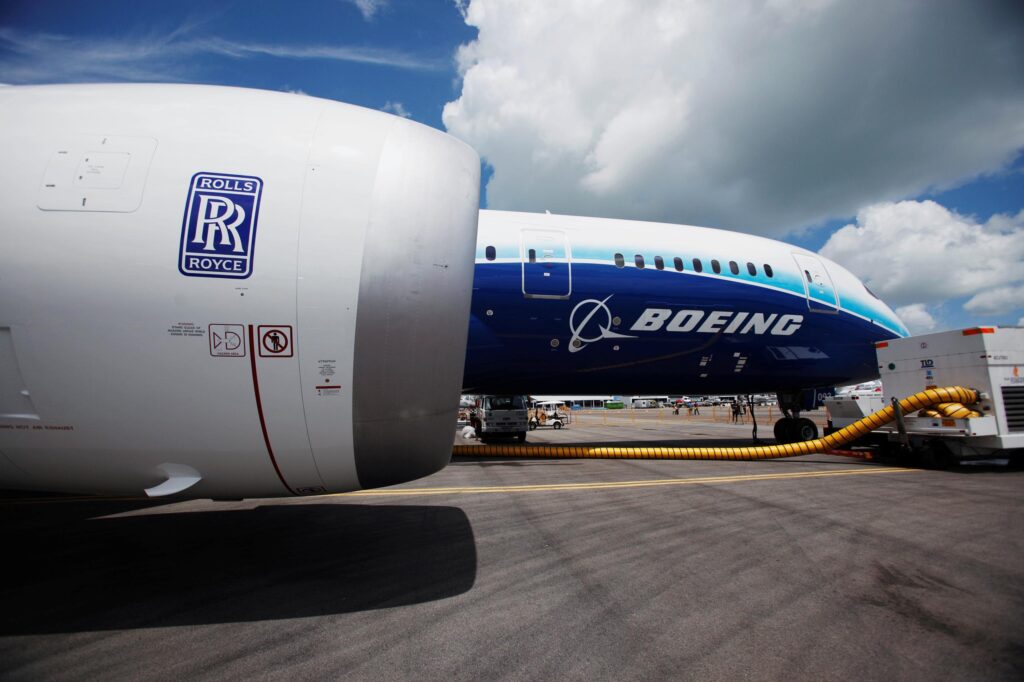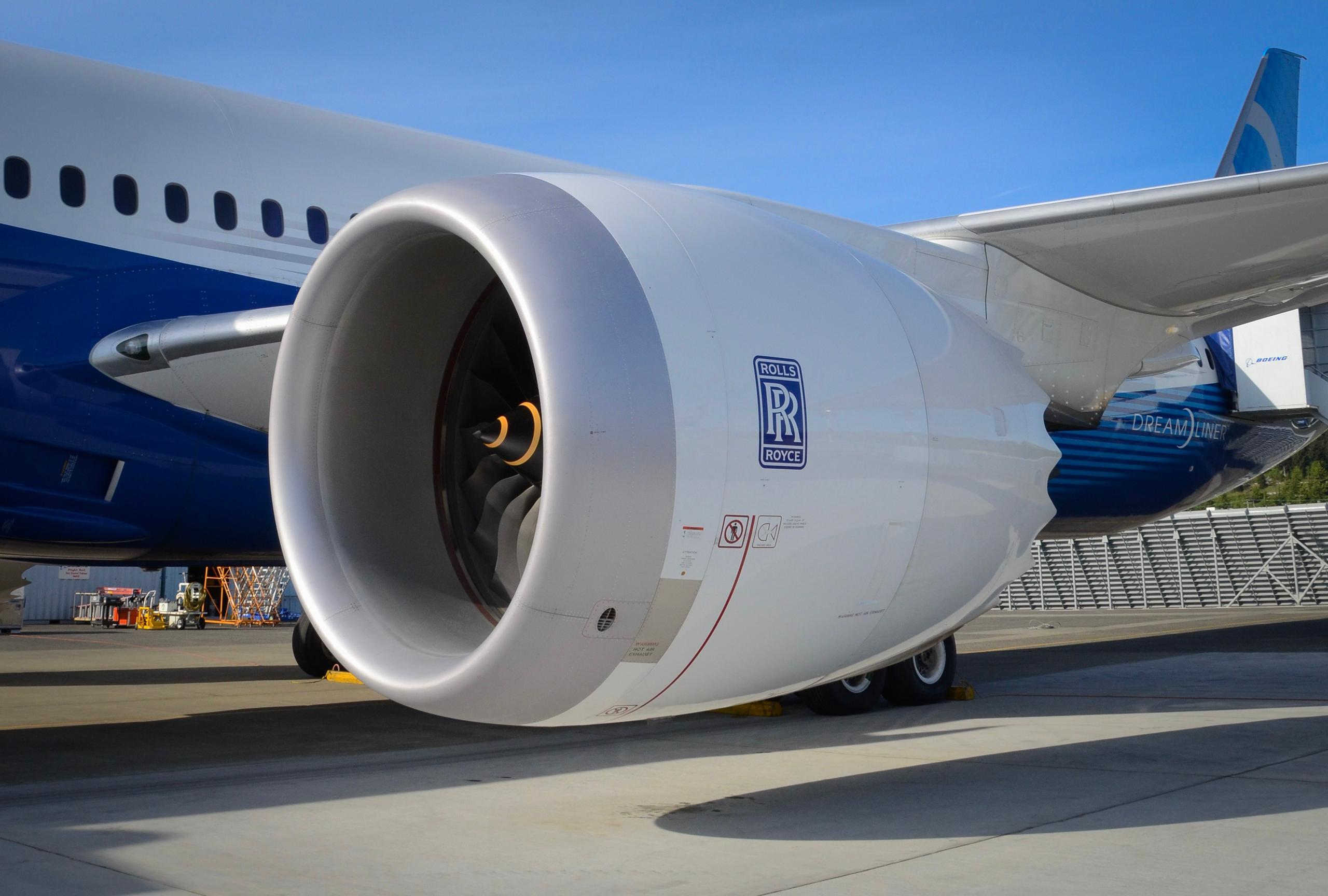Not many people realize that some of Boeing’s most advanced aircraft are powered not just by American engineering but by the legacy of British excellence, Rolls-Royce engines. This unlikely yet remarkable partnership between the iconic American aircraft manufacturer and the prestigious British engine maker has a layered history rooted in performance, precision, and prestige. While General Electric and Pratt & Whitney dominate headlines when it comes to powering U.S.-built aircraft, Rolls-Royce has quietly earned its place in Boeing’s story, especially in the wide-body category where long-haul endurance, fuel efficiency, and low noise matter most.

The collaboration between Boeing and Rolls-Royce goes back decades. Rolls-Royce engines have been available options for Boeing’s twin-aisle jets like the 757, 767, 777, and most notably the 787 Dreamliner. When Boeing introduced the 787 Dreamliner, it offered airlines a choice between the General Electric GEnx engine and the Rolls-Royce Trent 1000. Many top-tier international carriers, including British Airways, Air New Zealand, and All Nippon Airways, opted for the Trent 1000 due to its cutting-edge turbine technology, quieter operation, and fuel-sipping efficiency over ultra-long distances. The Trent family of engines, developed and perfected in Derby, England, represents the culmination of decades of research into aerodynamics and thermal performance, making Rolls-Royce one of the only three manufacturers in the world capable of delivering engines for large commercial jets.

Perhaps one of the most eyebrow-raising moments in this quiet yet critical transatlantic collaboration was when then-U.S. President Donald Trump reportedly showed preference for Rolls-Royce engines on his personal Boeing 727 “Trump Force One” an aircraft built by Boeing. It was an unusual request, given the obvious patriotic optics of preferring American-made components, yet it highlighted the respect Rolls-Royce commands even at the highest levels of leadership.
While the final decision remained confidential and largely driven by security and defense contracting protocols, the very notion of a sitting American President lobbying for British-built engines says a lot about Rolls-Royce’s global reputation for reliability and luxury-grade engineering.

Interestingly, Rolls-Royce doesn’t just make engines for Boeing. It also powers rival Airbus aircraft, as seen in the massive Trent XWB engines that propel the Airbus A350. But the presence of Rolls-Royce powerplants on Boeing aircraft signals something deeper than just business, it reflects Boeing’s commitment to giving airlines the flexibility to tailor aircraft to their needs and passengers’ expectations. When you’re flying on a 787 and you hear that quiet hum at takeoff, chances are you’re experiencing the whisper of a Rolls-Royce Trent engine, a blend of British sophistication and American ambition. This silent yet powerful alliance continues to shape the future of long-haul aviation, showing that in the skies, performance knows no borders.




